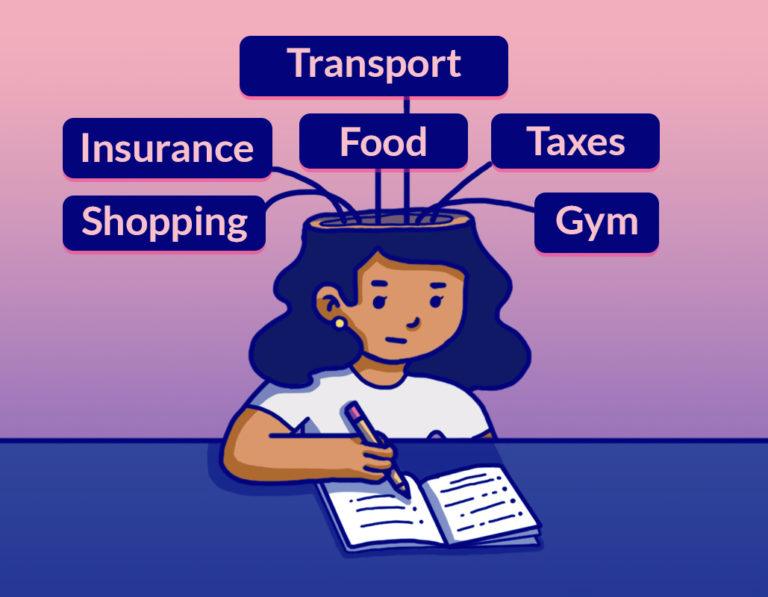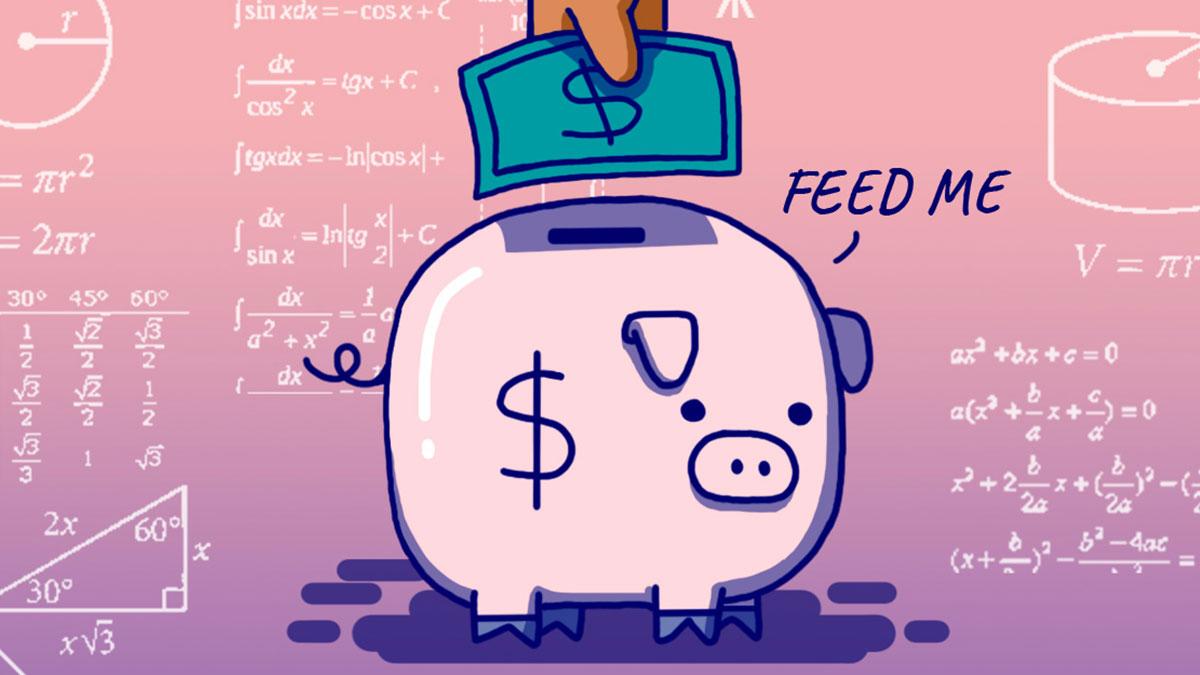80% of us fail our new year resolutions by mid-February. But we’ve been making these resolutions since the beginning of time; when the clock strikes midnight, there’s this strange burst of confidence and motivation. You look to the new year with a clenched fist, thinking, This is my year. New year, new me!If only that ‘new me’ had a longer lifespan. We’ll barely make it through a quarter, and suddenly no one’s talking about their new year resolutions come March.And most likely, one of our failed resolutions was to have more money in the bank account than we started the year with.
Look at your bank account. Now look back at me.So before we set ourselves up for more failure in 2020 (the start of a new decade!), we ought to take it easy and work on achievable, smaller goals before tackling huge, lofty ones.
On the topic of money, the smallest, but the most important thing we can do is getting our expense tracking back in shape.
Ways to Track Your Expenses
When it comes to keeping track of where your money is going, anyone would be familiar with that feeling of dread and guilt. Whether it’s splurging on dining out or breaking the bank for comfortable Grab rides, we all have something. Here are a few ways you can track your expenses to make sure that post-spending guilt doesn’t come for you:
(1) Budgeting apps
There are apps on the market that seek to help the ones who hate crunching numbers. Apps like Seedly and Nugget (now in its beta phase) will automatically log your expenses by accessing bank transactions so you don’t have to. Additionally, they also do the added work of divvying up your salary into weekly budgets so you know your limits.
(2) Local bank apps
For those who prefer to keep it to just one single app, our local iBanking apps can serve the same purpose in helping you track your expenses. The DBS iBanking app for example allows one to check transactions for any DBS bank account with a simple click. You don’t have to wait for paper bank statements in the mail anymore.
The only downside for both of the above methods is that you can’t closely track cash expenses – only withdrawals from your account.
So if you’re living in a cave, and still in the habit of using more cash, they are not the best solutions for you.
(3) Pen and paper
Which leads us to the final method – and most accurate one of all: pen and paper. While the thought of writing down every expense may seem tiring. Every dollar, every cent, even for the smallest expenses, will not go unnoticed.
An alternative method for those who don’t want to use paper would be the classic Excel sheet on mobile.
If you want to get a really close look at where every cent is going, then logging down expenses on pen and paper is the way to go.

Perfecting the Power of Pen and Paper
(1) Set concrete goals
In order to pull it off, one needs a concrete savings goal to remain motivated and disciplined. After all, to track your expenses via pen and paper is an exercise in itself, and requires attention every single day. So there needs to be a good reason why you’re doing this, whether it’s wanting to save a certain dollar amount or wanting to identify your spending patterns before you optimise them. After all, knowing how much you need is a bedrock of all future financial planning! From figuring out how much you need in
emergency funds, to how much you need to
retire!
(2) Hold regular audits
Just writing down every little thing you’ve purchased isn’t enough. In order to make the most out of this tedious new habit – set a money day for yourself to review your expenses. If you’ve got bad spending habits, a weekly or bi-weekly audit could be good for you. If not, monthly audits are just as useful. It allows you to reflect on where your money went and why. Any bad habits can be consistently worked on.
(3) Plan monthly expenses in advance
To optimise the whole process, project or forecast your expenses for the coming month. Sometimes we forget birthdays or weddings and are blindsided by the sudden need to buy a gift or pack a hefty ang bao. That can easily put a hole in our budget, leaving us to come up short near the end of the month. Take stock of what’s coming up, and write down how much you think you’ll spend — think about it, all these events are known in advance, from weddings RSVPs, to birthdays and festivities, so there is really no reason to be blind-sided by such costs.
(4) Use a lightweight notebook
Using the pen and paper method means that you need to be tracking and logging your expenses every single day, no matter where you go. Carrying a bulky notebook may not be the best idea in this case, since it adds to the weight of your bag. Consider a lighter notebook, so you won’t feel too overburdened by it.
Who said pen and paper was obsolete? Not if you’re trying to track your expenses. While it may still be the most tedious method out there, it’s by far still the most accurate way to log down your spending on a monthly basis. For someone who isn’t in touch with their own spending habits, this is a great way to finally get started, and to get their personal finances in shape for the new year ahead.












